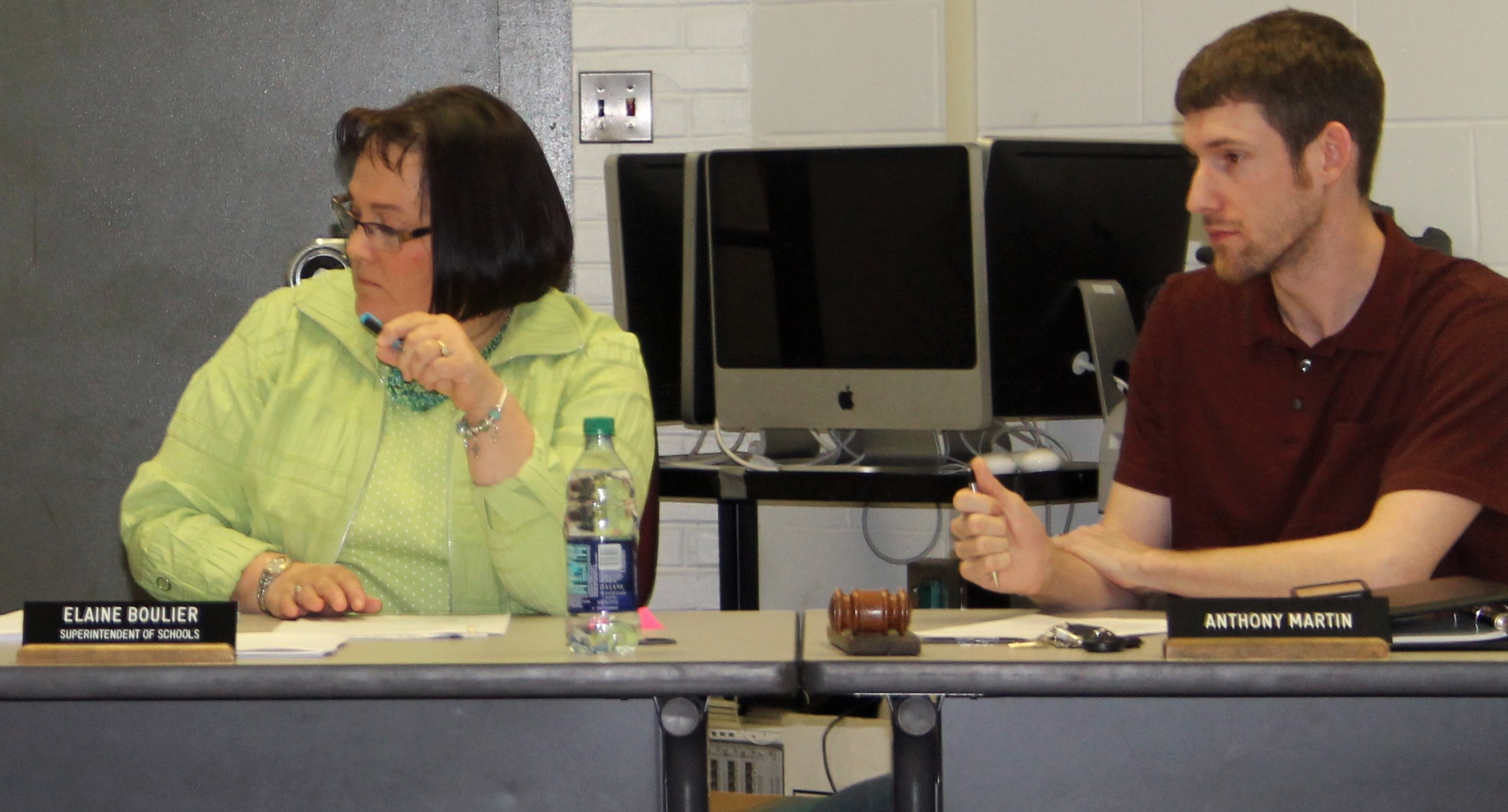
MARS HILL, Maine — The latest round of data from Maine’s standardized test system is helpful for educators and administrators, and is part of a range of factors for measuring progress, said Elaine Boulier, superintendent of two Aroostook County school districts.
The Maine Department of Education recently released the 2017-2018 results from the Maine Education Assessment in math, English language arts and science. The MEA consists of computer-based tests in English and math for students in grades 3-8, science for grades 5, 8 and 11, and the SAT assessments for English and math for high school juniors.
Overall statewide, 50 percent of students met or exceeded state education standards in English, down from 53 percent in 2016-2017. For science, 59 percent of students met or exceeded the standards, down from 62 percent, and for math, 37 percent of students met or exceeded the standards, down from 39 percent.
These results will be one of the elements used in Maine’s Model of School Support, a part of the federal Every Student Succeeds Act, said Rachel Paling, communications director for the Maine Department of Education. Later this year, the DOE will release report cards for every public school, although these will not be graded reports, Paling said.
In Aroostook County, school districts varied considerably, with Easton performing extremely well, including in science where 73.6 percent of students scored at or above state expectations.
In science, MSAD 1 in Presque Isle scored 59 percent; MSAD 45 in Washburn 38.5 percent; MSAD 42 in Mars Hill 53 percent; MSAD 20 in Fort Fairfield 55 percent; Madawaska Schools 52 percent; MSAD 27 in Fort Kent 50.5 percent; RSU 39 in Caribou 59.7 percent; RSU 29 in Houlton 57.2 percent; MSAD 32 in Ashland 45.6 percent, and MSAD 24 in Van Buren 37.5 percent.
In English, Easton had 54.8 percent of students performing at or above expectations; MSAD 1 had 49.7 percent; MSAD 45 39.4 percent; MSAD 42 40 percent; MSAD 20 47.8 percent; Madawaska Public Schools 56.2 percent; MSAD 27 50.1 percent; RSU 39 41 percent; RSU 29 49.2 percent; MSAD 32 46.8 percent, and MSAD 24 35.66 percent.
In math, Easton had 46.2 percent of students at or above state expectations; MSAD 1 35.8 percent; MSAD 45 22.9 percent; MSAD 42 22 percent; MSAD 20 34.1 percent; Madawaska Public Schools 28.4 percent; MSAD 27 33.4 percent; RSU 39 30.1 percent; RSU 29 34 percent; MSAD 32 16 percent, and MSAD 24 students 16.92.
Elaine Boulier, superintendent of Maine School Administrative Districts 42 and 24 in Mars Hill and Van Buren, said that the Maine Education Assessment results are helpful in measuring progress, but aren’t the only measure to consider and certainly have their limitations.
This is the third year that students have used this model of standardized testing. All of it is online on a computer, which may put some students at a disadvantage if they’re not comfortable with primarily computer-based tests, Boulier said.
Students take the tests every day for several weeks, though they don’t necessarily spend all of the classroom day taking them.
“There may be some students who haven’t tested well,” Boulier said. “Maybe they don’t like working on a computer. It does take a different skill set to read and process on a computer.”
The threshold of students at or above state expectations also doesn’t mean that students who aren’t meeting that mark are testing with the equivalent of an “F,” Boulier said.
“If 40 percent are at or above expectations, it doesn’t mean that 60 percent are failing. It means they’re somewhere along that continuum of almost meeting to partially meeting the state expectation. It may mean that a student failed to meet a cutoff by a few points from being proficient.”
Boulier said that in Mars Hill, for instance, the test results show a positive year-over-year trend.
“As long as we’re going in a northeast direction, in terms of improvement, that’s always a good thing. We’re at where we should be in terms of schools that are our size and have our demographics.”
To view MEA test scores from 2015-2018, visit the Maine Assessment and Accountability Reporting System website.







